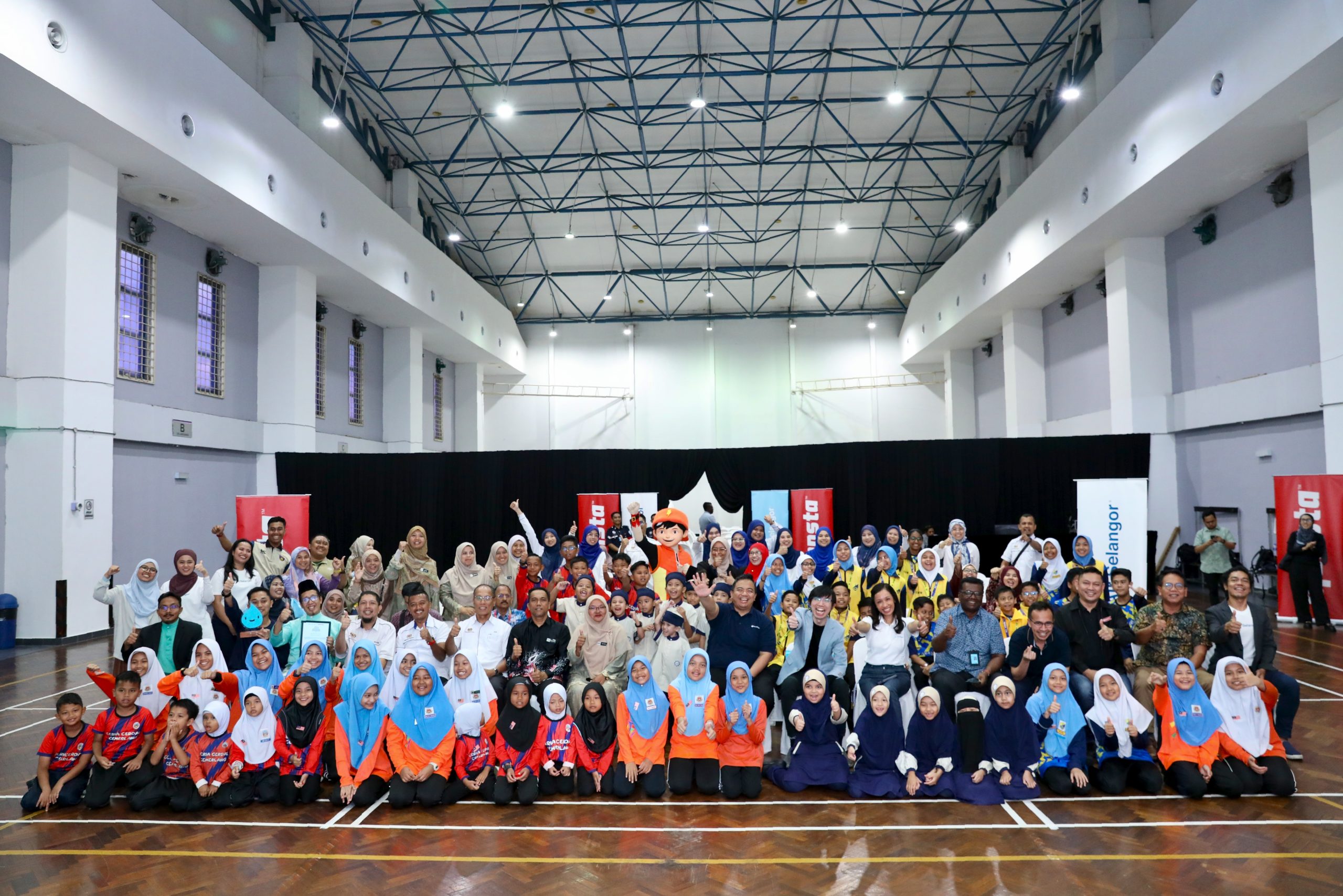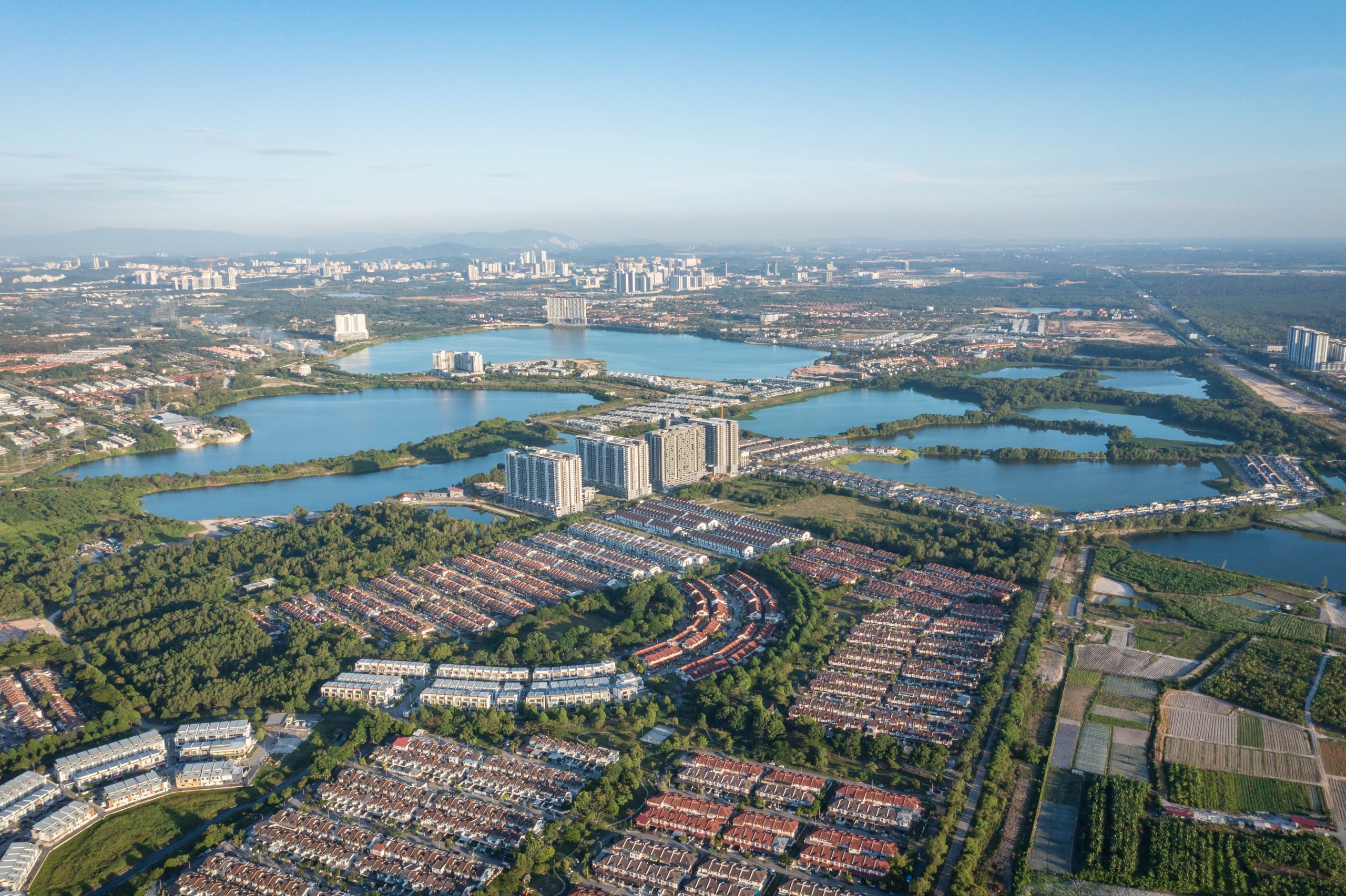Disiarkan pada
Building Water Security and Resilience in ASEAN
Asean is a favoured investment destination because of the presence of diverse economies, the region’s commitment to sustainable development and its strategic position in global trade. This is evident from the mushrooming of data centres here over the past year.
Nevertheless, the region is not immune to the effects of climate change and rapid levels of urbanisation. The most common climate and natural disaster risks and vulnerabilities in the region include floods, heat, droughts, storm events and wildfires.
Meanwhile, rapid industrial and urban development in some Southeast Asian countries has brought the issue of water pollution from chemicals, industrial waste and untreated sewage to the fore. Apart from affecting the water quality and health of water-dependent communities, there is also an increasing gap between urban and rural areas in terms of access to clean water and sanitation.
Water scarcity and security in
Southeast Asia is further complicated by the aforementioned issues. Addressing these challenges is crucial to ensuring the long-term sustainability of the region’s water resources and safeguarding the well-being of its citizens.
Taking this into account, Pengurusan Air Selangor Sdn Bhd (Air Selangor), as the largest water service provider in Malaysia, is committed to ensuring strong water security by putting in place related initiatives as well as being an example of best practices for water operators in Malaysia.
Promoting multiple improvement projects
To meet future water supply needs from rapid urbanisation and the growing data centre sector, Air Selangor has taken a number of proactive measures to increase the water reserve margin to ensure the country’s water supply is uninterrupted.
This is key since water security will be pertinent moving forward, especially since the effects of climate change could disrupt access to clean, treated water.
The first stage of Air Selangor’s Rasau Water Supply Scheme is currently underway. It will add up to 700 million litres of water per day to about 467,000 accounts in Klang and some parts of the Kuala Langat region. This will be followed by the second stage of the scheme, which will add a further 700 million litres of treated water per day.
Not only that, Air Selangor is planning to carry out the second phase of the Langat 2 water treatment plan, which will be implemented by Pengurusan Aset Air Bhd (PAAB) and is expected to be completed by 2028. The production capacity is 1,130 million litres of water per day.
Furthermore, the second phase of the Skim Bekalan Air Labohan Dagang Fasa 2 water treatment plant is expected to be completed in 2029, providing an additional 200 million litres of water per day.
Through these projects, the total water supply capacity is expected to increase from 6.035 billion litres per day at present to 8.765 billion litres per day by 2030.
In addition, the total water reserve margin of Selangor, Kuala Lumpur and Putrajaya is expected to increase from 11.9% to 17.7%.
However, investment and regional collaborations are essential to scale these solutions across Asean. Cross-border knowledge-sharing plays a crucial role in enhancing cooperation and enabling the region to achieve water security in both urban and rural areas.
As Malaysia takes on the Asean chairmanship, Air Selangor is committed to working closely with the Ministry of Energy Transition and Water Transformation (Petra) and National Water Services Commission (SPAN) to champion water security initiatives, not only for Malaysia but also for its regional counterparts. With this, Air Selangor aims to create a sustainable and resilient future for water management in the region.
Article published in The Edge (Asean Special Edition) on 27 January 2025.





